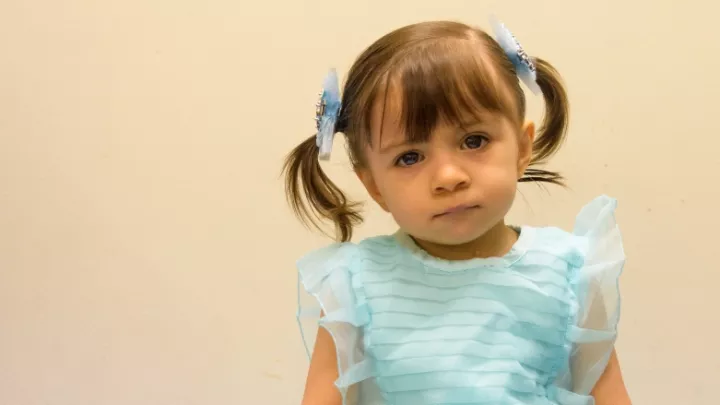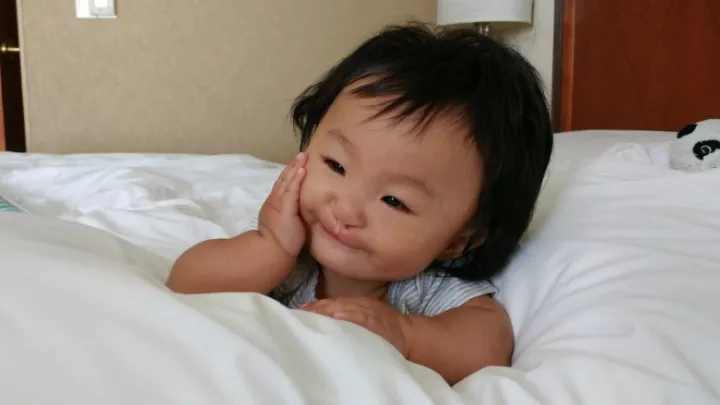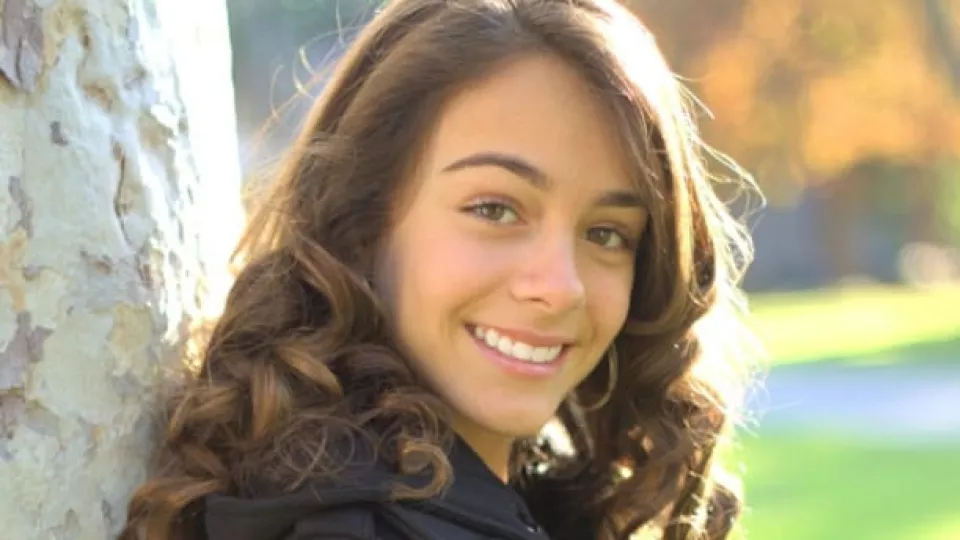
A New Elise
Since Elise Martinez was 2 years old, she was debilitated by a condition that could not be properly diagnosed. It caused severe impaction in the bowels, arthritis and malnutrition. The many pediatric specialists she saw before coming to Children’s Hospital Los Angeles were stumped, and chalked it up to a “behavioral issue.”
“My child would lay around and be down 50 percent of the time,” says Julie Martinez, Elise’s mother. “Even when she felt well, her health would always regress. So, I knew it was more than just a behavioral issue.”
For eight years, Elise battled her impaction with laxative medications that are similar to one would take before a colonoscopy. “When you hear about people prepping for a colonoscopy, imagine doing that for your whole life,” says Julie.
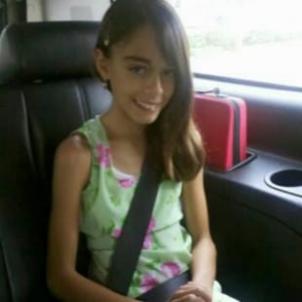
Because of Elise’s condition, it has been a daily struggle for her to consume food and for her body to process the nutrients it needs. By the time she was 10, she only weighed 50 pounds—not even making it to the lowest point on the body mass index (BMI) chart.
During all of this, Elise also had severe bouts of arthritis, which left her unable to walk temporarily and landed her in the hospital twice. Another hospital suggested an autoimmune suppressant therapy to treat the arthritis. The therapy is extreme, comparable to chemotherapy, which led her family to seek three opinions with the third and final stop being CHLA.
A mother’s love is a mother’s fight
Julie ended up finding Andreas Reiff, MD, division head of Rheumatology at CHLA. She sent over Elise’s medical records, wrote a cover letter and waited.
“…it was a pathetic cover letter that said, ‘Here’s our insurance card, here’s my ID,’” says Julie, explaining her cover letter. “Tell us what we should do, if we should do this treatment. We have one facility that says yes, and another that’s saying no.’”
Within five days of sending Elise’s records, they were sitting in the hallways of CHLA in front of Reiff, who was in casual clothing and on his day off.
“He said to us, ‘I have to get you into the right hands as soon as possible,’” says Julie of her first encounter with Reiff. “‘We need the help of a different gastrointestinal doctor, because she may have Crohn’s or celiac disease.’ Before Reiff, no one ever connected Elise’s gastrointestinal issues with her arthritis.”
A new, hopeful path
Reiff connected Elise, who was 10 years old at the time, to Michelle Pietzak, MD, a pediatric gastroenterologist at Children’s Hospital Los Angeles. Pietzak strongly suspected celiac disease and placed Elise on a gluten-free diet with nutritional support.
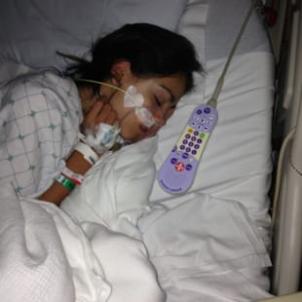
For over two years, Elise’s body was improving, her impactions lessened and her arthritis completely went away. However, the gluten-free diet didn’t cure the disease permanently. Elise ended up in the hospital multiple times—seven to be exact—for severe impaction.
Knowing that Elise needed more specialized care, Pietzak brought Jaya Punati, MD, director of the Pediatric Gastrointestinal Neuromuscular and Motility Program at CHLA, into the picture.
“It wasn’t until we moved to CHLA that everyone talked, everyone cooperated, everybody coordinated on Elise’s care,” says Julie. “Doctors would copy other doctors on emails and then respond to me. It was a completely different experience.”
Punati confirmed Elise’s condition, and after eleven long years, Elise finally had a diagnosis. She has chronic intestinal pseudo-obstruction, also known as motility disorder, where nerves and muscles fail to function properly. It results in malnutrition and can eventually affect other organs and systems due to the complexity of the condition.
“Everything I found online about the disorder was grave,” says Julie. However, the family remained hopeful as Punati worked to manage this serious and chronic condition.
A new child
While in Punati’s hands, Elise met with pediatric surgeon Christopher Gayer, MD, PhD, to discuss the next step—an appendicostomy. The procedure involves attaching the appendix to the back of the belly button, in which the appendix then becomes an internal tube to allow Elise to catheterize daily directly into the intestines to help force obstructions while in the privacy of her own home.
Elise’s condition is rare, and the procedure, even more uncommon. The family had hesitations until Beth Harrison, RN, MSN, CWOCN, a CHLA nurse consultant who works closely with Gayer and Punati, helped explain the overwhelming process in practical and simple terms.
“Beth’s positive energy regarding Elise’s condition and the at-home catheterization process adjusted our mindset and helped instill confidence about [Elise’s] next steps,” says Julie. “She reiterated the complexity of Elise’s condition and confirmed how much better her quality of life would be with the procedure. Our conversations with Beth and training with Elise were crucial to our decision.”

Because of this procedure, Elise has been able to avoid impaction for over two years now. “Since beginning treatment, Elise has improved her overall well-being,” says Punati. “She is no longer malnourished or combats pain from arthritis.”
Elise, who is now 15, is looking at her future with more optimism. As a lover of makeup and Broadway shows (“Wicked” is her current favorite), she aspires to one day be a professional theatrical makeup artist.
“Her life is different now,” says Julie. “Before, I only saw moments of how happy my child could be. Now, she feels well and happy every day. I have a new child.”

